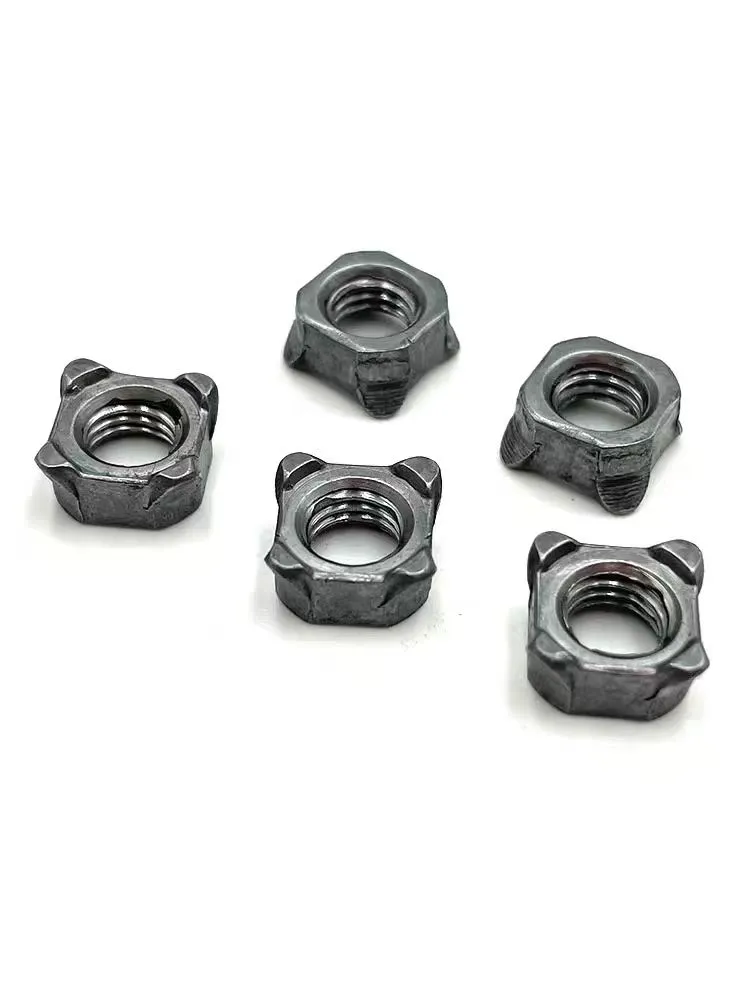

m14 lock washer
दिसम्बर . 11, 2024 11:59 Back to list
m14 lock washer
Understanding the M14 Lock Washer A Complete Guide
Lock washers play an essential role in the assembly of mechanical systems. Among the various types of lock washers available, the M14 lock washer stands out due to its versatility and effectiveness in securing fasteners in place. This article will provide an in-depth overview of the M14 lock washer, discussing its purpose, types, applications, and best practices for use.
What is an M14 Lock Washer?
A lock washer is a type of washer used in conjunction with a nut and bolt to prevent loosening under vibration and torque. The M14 designation refers to the size of the washer, which is designed to fit a bolt or screw with a nominal diameter of 14 millimeters. M14 lock washers are commonly made from various materials including steel, stainless steel, and sometimes even plastic, depending on the environmental conditions and specific requirements of the application.
Types of M14 Lock Washers
There are several types of lock washers available, and each has distinct characteristics suited to different applications
1. Split Lock Washers These are the most common type, featuring a split design that creates tension when compressed. This tension helps prevent the nut or bolt from loosening.
2. Toothed Lock Washers Also known as serrated lock washers, these have teeth on one or both sides that dig into the assembly surfaces. They provide increased friction and stability, making them suitable for high-vibration applications.
3. Bellville Washers These are conical washers that provide a spring-like effect, allowing for a variable preload that can accommodate slight changes in alignment and pressure.
4. Flat Lock Washers While not as commonly used as split or toothed washers, flat lock washers can offer some level of resistance to loosening, especially in low-vibration applications.
Applications of M14 Lock Washers
M14 lock washers are found in a variety of industries and applications
m14 lock washer

- Automotive They are widely used in vehicle components where vibration is a common factor, such as in engines and suspension systems. - Construction M14 lock washers are prevalent in building applications, securing bolts in steel structures and heavy machinery.
- Manufacturing In assembly lines, these washers are critical for maintaining the integrity of equipment under continuous operation.
- Aerospace Given the strict safety requirements, M14 lock washers are often used in aircraft assemblies, ensuring secure connections that withstand extreme conditions.
Best Practices for Using M14 Lock Washers
To maximize the effectiveness of M14 lock washers, consider the following best practices
1. Proper Sizing Always choose the appropriate size of the lock washer for your application. An M14 washer must be paired with M14 bolts or screws to ensure a secure fit.
2. Material Selection Depending on environmental factors (e.g., moisture, temperature extremes), select a washer made from suitable materials, like stainless steel for corrosion resistance.
3. Surface Preparation Ensure that surfaces are clean and free from debris or rust. This enhances the washer's effectiveness in maintaining the connection.
4. Torque Specifications Follow manufacturer specifications for torque settings when installing bolts or screws with lock washers. Proper torque ensures that the locking mechanism functions correctly.
5. Inspections Regularly inspect your assemblies for signs of wear or loosening, particularly in high-vibration environments. Replace lock washers as needed to maintain safety and functionality.
Conclusion
The M14 lock washer is a vital component in numerous applications, reinforcing the security of fasteners and ensuring structural integrity. Understanding its design, types, and appropriate usage can lead to enhanced performance and longevity in various mechanical systems. Whether in automotive, construction, or aerospace, the effective use of M14 lock washers can significantly reduce the risk of component failure due to loosening, making them a critical element in modern engineering. By following best practices, professionals can optimize the reliability of their installations and ultimately contribute to safer and more durable construction.
Latest news
-
Premium Fasteners Manufacturer | AI-Driven Solutions
NewsAug.01,2025
-
Hot Dip Galvanized Bolts - Hebei Longze | High Strength, Corrosion Resistance
NewsAug.01,2025
-
High-Strength Hot Dip Galvanized Bolts - LongZe | Corrosion Resistance, Custom Sizes
NewsAug.01,2025
-
Best Self Tapping Screws for Drywall - Fast & Secure Installation
NewsJul.31,2025
-
High-Strength Hot Dip Galvanized Bolts-Hebei Longze|Corrosion Resistance&Customization
NewsJul.31,2025
-
Hot Dip Galvanized Bolts-Hebei Longze Metal Products|Corrosion Resistance&High Strength
NewsJul.31,2025

